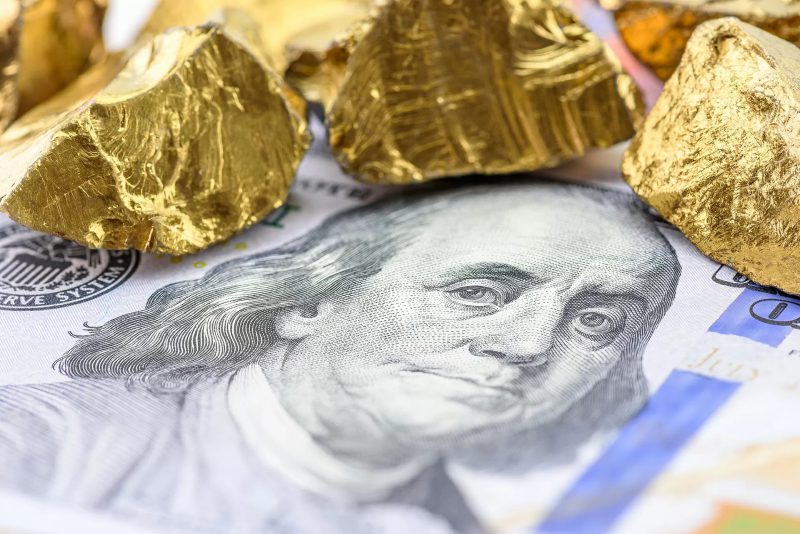Gold prices rebounded on Wednesday in anticipation of the Federal Reserve’s late January meeting minutes. The price of gold rose in the Asian commercial plain, with the value of the dollar dipping down the line.
Gold prices are holding steady momentum, stabilizing at $2000 to $2050 an ounce. At the same time, the dollar retreated from its usual stance, boosting the prospects for gold to climb up a notch.
Also Read: 3 Reasons Gold Is Superior to Other Investments
Gold’s Current Market Performance Portrays Positive Stance


Gold, unlike its contemporaries, is holding a powerful market position. The yellow metal is holding its position at $2000-$2050, followed by spot gold rising by 0.3% to $2029 per ounce.
Per a recent report, the market is focusing on the upcoming Fed minutes to anticipate the future price trajectory of gold and the US dollar. The changes documented in US interest rates play an elemental role in amplifying or downplaying Gold’s valuation.
“Higher U.S. rates bode poorly for gold, given that they increase the opportunity cost of investing in the yellow metal. But given that U.S. rates are still expected to eventually fall in 2024, gold and other metal prices are likely to see strong gains,” Goldman Sachs analysts later shared.
Additionally, Goldman Sachs analysts further predicted that copper would document a notable price surge due to federal reserve interest cuts.
“The immediate price boost from a Fed-driven 100 basis point decline in U.S. 2-year rates is the largest for metals, especially copper (6%), and then gold (3%), followed by oil (3%),” the analysts noted.
Also Read: Gold Prices To Reach New Highs in 2024 as Central Banks Buy 387 Tonnes
Impact of Federal Rate Cuts on Gold and US Dollar
Federal reserve interest cuts play a crucial role in determining the price of gold. For instance, lower interest rates often help non-yielding assets like gold appear as lucrative investment options for investors.
Lower rates also signal an economically distressing background, compelling investors to hold gold as a solid rebound option.
Similarly, lower interest rates also signal a weaker US dollar stance. When rates decrease, investors pivot towards high-yielding assets, streamlining capital outflow from dollar-denominated assets. This development further weakens the dollar’s value, jeopardizing its worth on a global plain.





